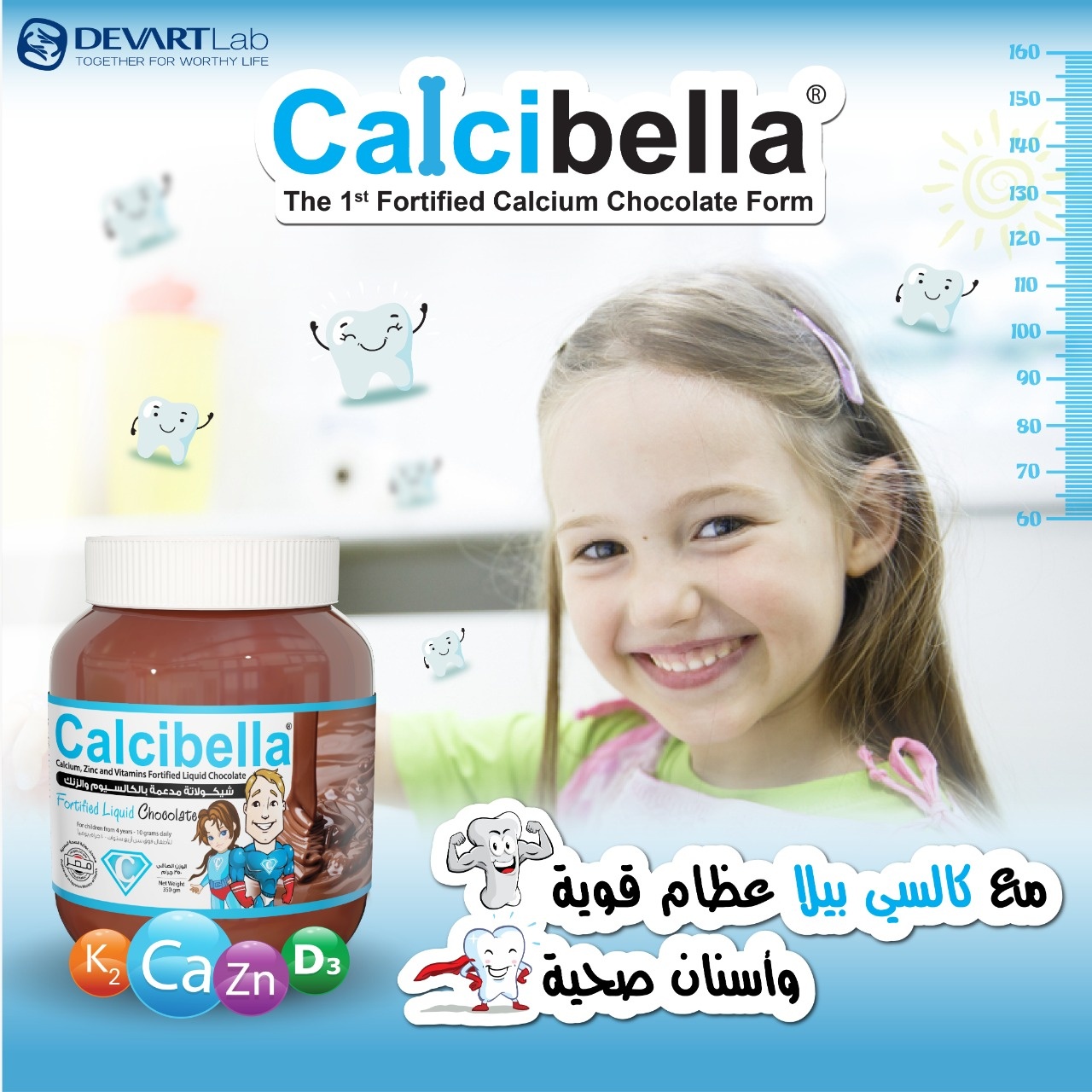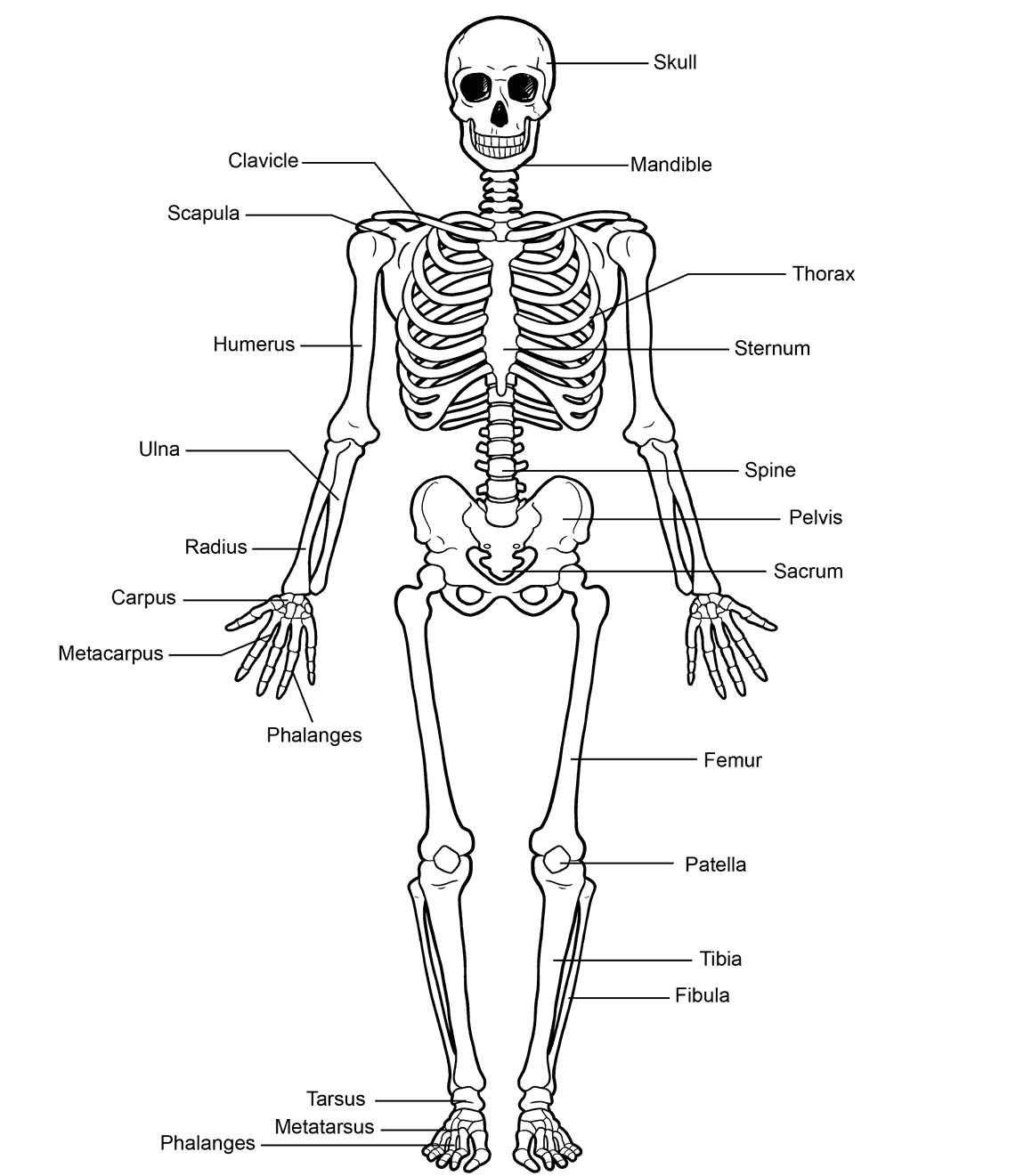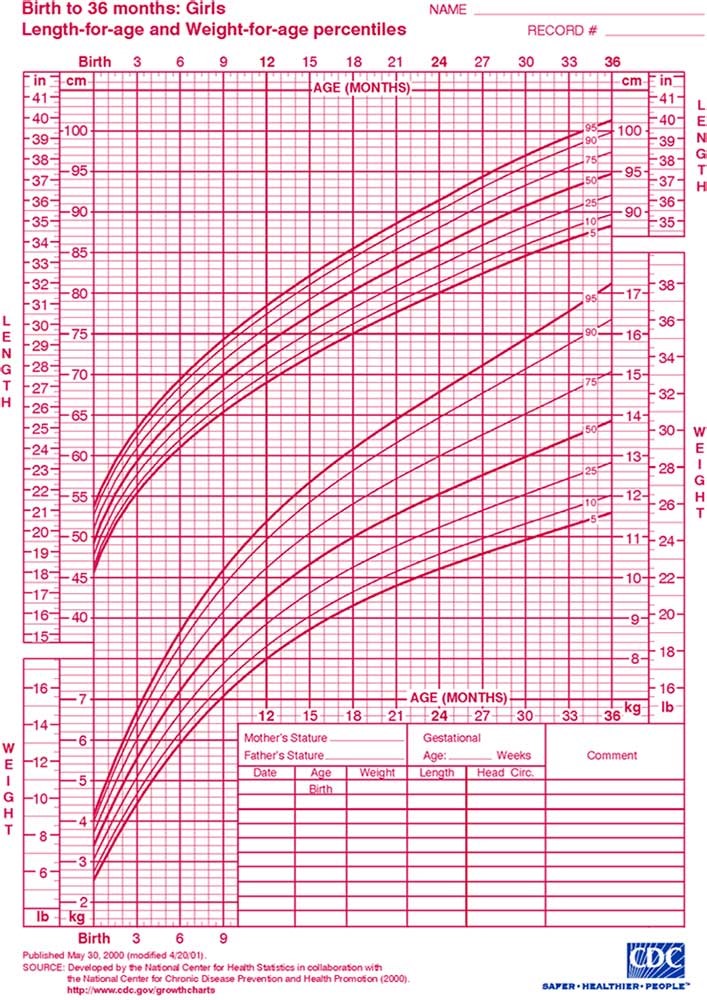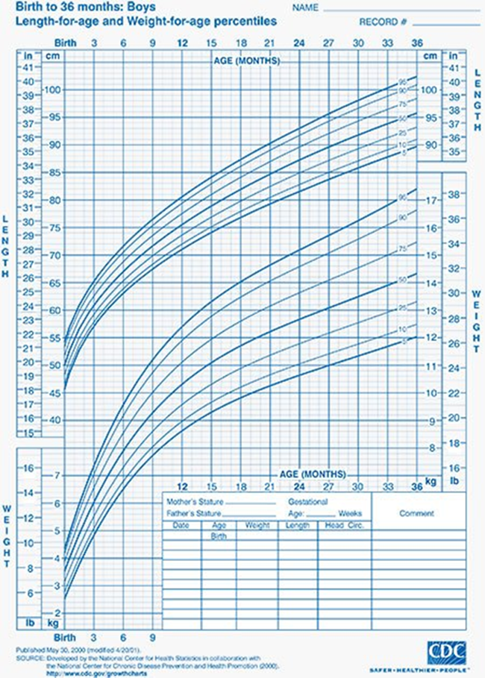
Pharmacist Pioneer Community. Why?
Jul 03 - 2022

Introduction
What is Calcibella “Fortified Liquid Chocolate”?
Calcibella components
Concentration of Calcibella Multivitamin components
Rickets
Short stature
Calcibella role in the prevention and treatment of “Rickets and Short stature”
Calcibella dose for children
Calcibella price
FAQ
Babies are born with nearly 300 bones that combine with each other to become later as they develop 206 bones, equipped to protect the internal organs and of course support movement and body shape in collaboration with muscles and ligaments to give the body its ability to smooth movement.
These bones consist of 99% Tricalcium phosphate “raw calcium”, and babies are born with a stock of it up to 1150 g enough for 6 months of healthy bone growth, that is in addition to the calcium obtained through food of various kinds. But most often due to the lack of calcium-rich food children especially from the age of 3-10 years, with all the playing and running spontaneously are exposed to bone fractures.

|
Bone |
% of Fractures |
|
Radius |
45.1% |
|
Humerus |
18.4% |
|
Tibia |
15.1% |
|
Clavicle |
13.8% |
|
Femur |
7.6% |
Most frequent fractures in children
Therefore, it is very necessary to know and follow up the needs of children's bodies to provide the kind of nutrition needed for healthy growth, and here comes the role of Calcibella chocolate, which works to support children’s growth both physically and mentally for a strong immunity aiming towards a healthy life.
It is the first nutritional chocolate in The Middle east & Africa fortified with Bone Calcium, vitamin D, Zinc and many vitamins and minerals that support each other’s functions to complete the chain of healthy growth in children, Calcibella fulfilled a difficult equation by providing tasty vitamins and minerals that do not have any side effects and do not interact with any drugs or foods, by using nanotechnology to provide:
• A unique dosage form, safe and sweet for children.
• A balanced formula containing 6 active ingredients that support each other for healthy growth.
• Absorption up to 95% and concentrated precipitation of calcium in bones and teeth.
Calcibella Chocolate contains 6 active ingredients:
Calcium
Vitamin D3
Vitamin K2
Zinc
Vitamin C
Beta-carotene
Calcium is one of the important and most abundant minerals in the body, especially in teeth and bones, as they contain 99% of it, while the remaining 1% is found in the blood, muscles, nerve cells, and the rest of the body tissues.
Dairy products are the best dietary source of highly absorbable calcium, while salmon, dark green leafy greens, beans, and soy contain good and varying amounts of calcium.
As important as it is in the early stages of development for children, it must be noted that its deficiency in children and infants makes them more susceptible to rickets, which leads to softening of the bones, bending of the legs, and poor growth that leads to short stature.
Benefits of Calcium for children
Calcium works on:
Promoting the healthy growth of bones and teeth and on strengthening them.
Increasing muscular growth and maintaining their integrity.
Enhancing the action of neurotransmitters in the body.
Reducing the risk of developing autism.
Maintaining the integrity of the heart beat and rhythm.
Reducing LDL (harmful cholesterol) levels in blood.
Reducing the possibility of calcium deficiency seizures.
Signs and symptoms of Calcium deficiency in children
Most of the time, calcium deficiency is silent and may not appear in blood tests, especially if the matter was at its beginning, but if the calcium stores in the body were close to depleting from the bones and teeth and also decreased in the blood, reaching a rate of less than 8.8 mg /dl, some signs appear on Children clearly, such as:
Irritation and nervousness.
Lethargy (Laziness).
Shivering.
Muscle cramps.
Bradycardia (Reduced heart rate).
Numbness in fingers, toes, and around the mouth.
Apnea (Shallow breathing).
Types of Calcium
Nature always serves a plate full of diversity, with all the different natural sources of calcium different calcium salts are presented, but it is never found in the same form as in the bones and teeth.
The Calcium salts found in animal sources such as dairy and fish products differ from the salts found in plant sources such as legumes and vegetables differ from that assembling the body and our bodies deal with each type differently yielding a certain percentage from each type and absorbing it.
The following table shows the differences and the percentage of raw calcium absorbed from each type, highlighting the 'Micro dispersed calcium' found in Calcibella, which is manufactured with nanotechnology technology to match bone calcium in its shape and rate of absorption.
|
Type of Calcium |
% of raw Calcium |
% absorbed |
|
Calcium Carbonate |
40% |
1-15% |
|
Calcium Gluconate |
9% |
1-6% |
|
Calcium Glubionate |
6.6% |
1-6% |
|
Micro dispersed Calcium “Calcibella” |
100% |
95% |
Daily Calcium requirement by age
|
Age |
Daily requirement |
|
0 – 6 Months |
200 mg/day |
|
7 – 12 Months |
260 mg/day |
|
1 – 3 Years |
700 mg/day |
|
8 – 4 Years |
1000 mg/day |
|
9 – 13 Years |
1300 mg/day |
To ensure maximum benefit, The best time to take Calcium supplements for children is in the morning after breakfast, because vitamin D, which is abundant in the sun, works on calcium absorption, so make sure to expose you child to the sun during the morning periods.
Calcium can’t be mentioned without the company of vitamin D, as it is the main carrier of calcium in the body. Vitamin D helps the body use calcium and phosphate to build strong bones and teeth for children, so pediatricians always emphasize on the importance of children getting vitamin D by any or all of the available means, whether:
The sun, as it is called 'the sun's vitamin', by daily exposure to the sun in the early morning or afternoon period for 30 minutes. When the skin is exposed to the sun, cholesterol particles in the skin are transformed into vitamin D.
Foods, fish, red meat, liver, egg yolks and mushrooms.
Nutritional supplements, which contains the daily requirement of the child (400-600) IU.
The types of vitamin D also differ, as well as the types of calcium, depending on the source, and this will be explained later in Types of vitamin D.
Benefits of vitamin D for children
Vitamin D has plenty of benefits, as its presence is essential for the health and integrity of all body systems, in addition to its importance in the growth process:
It helps in healthy bone growth.
It protects against Rickets and Osteomalacia “softening of bones”.
It protects against bow legs and delayed walking and crawling in babies.
It strengthens the teeth and promotes their growth, especially during the teething stage.
It protects against type 1 diabetes.
It strengthens the immune system of children.
Signs and symptoms of vitamin D deficiency in children
Most children, especially urban dwellers, suffer from a noticeable deficiency in vitamin D, as their exposure to sunlight is little, despite the fact that our Arab countries are distinguished by a sunny climate, in addition to little sun exposure the diet is not integrated with natural foods rich in vitamin D, even in case of infants, it is not possible to rely mainly on breast milk only as a source of all vitamins especially vitamin D, it does not contain enough of it for the healthy growth of infants, that is why mothers always complain about the delayed growth of their children.
Vitamin D deficiency in children is dangerous because their bodies are still developing and the susceptibility to any bony deformity is high, and this deficiency appears through the following symptoms:
Softness of skull.
Large head size.
Bone deformities “bow legs”.
Delayed sitting, crawling and walking.
Delayed teething.
Muscle spasms.
Bone fractures after simple trauma.
Types of vitamin D
Cholecalciferol is the type of vitamin D produced naturally in our bodies, and it is one of the fat- soluble vitamins, as its main component is cholesterol. In case of any imbalance in the body's manufacturing process, the vitamin must be obtained from other sources.
There are two types of vitamin D:
D2, which is usually found in food.
D3, which the body naturally makes when the skin is exposed to sunlight.
Many experts now believe that vitamin D3 is the best form of vitamin D supplements to take, as it is natural and easily absorbed by the body, and this is what Calcibella provides, as the vitamin D present in its nutritional formula is 3 times stronger than that found in other sources and is considered safe to both children and pregnant women.
Daily vitamin D requirement by age
|
Age |
Daily requirement |
|
0 – 6 Months |
400 IU |
|
7 – 12 Months |
400 IU |
|
1 – 3 Years |
600 IU |
|
8 – 4 Years |
600 IU |
|
9 – 13 Years |
600 IU |
Vitamin D and calcium
Whatever the amount of calcium ingested, it is not possible for the body to benefit from it in case of vitamin D deficiency. Vitamin D enhances the absorption of calcium from the gastrointestinal tract, and maintains the concentration of calcium and phosphate in the blood so that the bones can build and form properly.
The name may sound unfamiliar, as we have not previously heard much about vitamin K2 in terms of bone and tooth development in children, due to our little knowledge of it, it may seem that its role is not as important or essential as calcium and vitamin D, but, its role is the most important. ..
The process of deposition of calcium in the bones after its absorption from the intestine and transportation by vitamin D depends entirely on vitamin K2.
Benefits of vitamin K2 for children
Studies have shown that there are several benefits of vitamin K2 for children's development:
Contributes to bone health and protection from disease.
Maintains bone density and protects against osteoporosis.
It protects against fractures, especially in the pelvic bones.
It stimulates tooth growth and maintains healthy teeth and jaws.
Improves children's mental abilities and strengthens cognition.
Promotes healthy sleep in children.
It protects against heart and circulatory problems.
Helps prevent cancer.
Signs and symptoms of vitamin K deficiency in children
Vitamin K2 deficiency is one of the vitamin deficiencies that often go undiagnosed, as many people who suffer from it do not realize that they have this deficiency at all, but there are some symptoms that may indicate its presence:
Dental problems “tooth decay”.
Blood sugar levels imbalance.
Increased blood pressure.
Bone fractures after a simple trauma.
Types of vitamin K
There are 2 types of vitamin K:
Vitamin K1, found mainly in green leafy vegetables.
Vitamin K2, found in animal food sources.
The most beneficial and abundant of these is vitamin K2.
Daily Vitamin K requirement by age
|
Age |
Daily requirement |
|
0 – 6 Months |
2 mcg/day |
|
7 – 12 Months |
2.5 mcg/day |
|
1 – 3 Years |
30 mcg/day |
|
8 – 4 Years |
55 mcg/day |
|
9 – 13 Years |
60 mcg/day |
Vitamin K and Calcium
Based on the results of some scientific studies, it has been confirmed that taking vitamin K2 with calcium and vitamin D helps to stabilize calcium in the required places, which are the bones and teeth, and prevent calcium deposition in the joints (causing arthritis), the kidneys (causing kidney stones), and in the arteries ( causing atherosclerosis).
Benefits of Zinc supplementation for children
Strengthens immunity.
Stimulates growth in children who suffer from developmental delay.
Protects against diaper rash.
Increases the height and strength the bones.
Stimulates the formation of body proteins.
Facilitates the digestive process.
Increases brain activity and the ability to concentrate, as it strengthens memory.
Increases mental and behavioral abilities in children.
Helps in healing wounds, speeds up their healing, and relieves their pain.
Improves the sense of taste.
Increases the appetite.
Increases hair density and luster.
Daily Zinc requirement by age
|
Age |
Daily requirement |
|
0 – 6 Months |
2 mg/day |
|
7 – 12 Months |
3 mg/day |
|
1 – 3 Years |
3 mg/day |
|
8 – 4 Years |
5 mg/day |
|
9 – 13 Years |
8 mg/day |
Benefits of vitamin C supplementation for children
Maintains and strengthens the bone structure.
Contributes to wound healing.
Fights and prevents infections.
Stimulates collagen formation in the skin.
Helps in iron absorption.
Protects against cancer.
An effective Antibiotic and Antioxidant, strengthening the immune system.
Daily Vitamin C requirement by age
|
Age |
Daily requirement |
|
1 – 3 Years |
15 mg/day |
|
8 – 4 Years |
25 mg/day |
|
9 – 13 Years |
35 mg/day |
Benefits of B-Carotene supplementation for children
Enhances eyesight and maintains healthy eyes.
Strengthens immunity.
Maintains and strengthens the integrity of bones and teeth.
Maintains healthy skin complexion.
Daily B-Carotene requirement by age
|
Age |
Daily requirement |
|
0 – 12 Months |
450 mcg/day |
|
1 – 6 Years |
300 mcg/day |
|
8 – 7 Years |
400 mcg/day |
|
9 – 17 Years |
575-750 mcg/day |
Concentration of Calcibella Multivitamin components
We knew together the importance of various vitamins and minerals in healthy bone density for children in their growth stages, and we saw that these vitamins and minerals are in harmony in how they work to properly complete the growth cycle, so care was taken to provide the best supplement for treating calcium deficiency in children, which is Calcibella.
Calcibella provides 6 minerals and vitamins in a concentration that covers the daily requirement for children:
|
Active ingredient |
Concentration |
|
Calcium |
200 mg |
|
Vitamin D3 |
120 IU |
|
Vitamin K2 |
25 mcg |
|
Zinc |
2.5 mg |
|
Vitamin C |
10 mg |
|
B-Carotene |
150 mcg |
Rickets is a common disorder in children, especially between the ages of 6 months - 3 years, where they are vulnerable to osteoporosis due to a lack of vitamin D or calcium and phosphate, so that the body loses its ability to feed the skeleton with the minerals necessary for its strength, which causes looseness of Bones making them easy to break.
Signs and symptoms of rickets in children
How do you know that your child suffers from rickets?
Some of the following signs may appear:
Developmental delay (the child's weight is not proportional with the age).
|
Age |
Weight (kg) |
|
Newborn |
2.5 – 4.3 |
|
1 month |
3.4 – 5.7 |
|
2 months |
4.4 - 7 |
|
3 months |
5.1- 7.9 |
|
4 months |
5.6 – 8.6 |
|
5 months |
6.1 – 9.2 |
|
6 months |
6.4 – 9.7 |
|
7 months |
6.7 – 10.2 |
|
8 months |
7 – 10.5 |
|
9 months |
7.5 – 10.9 |
|
10 months |
8 – 11.5 |
|
11 months |
8.5 - 12 |
|
1 year |
9 – 12.5 |
|
2 years |
10 – 15.5 |
|
3 years |
11 – 17.5 |
Delayed walking and muscle weakness.
Bow legs “bending of the legs or knees”.
Prominence of the breastbone.
Delayed growth and short stature.
Dental deformities.
Frequent bone fractures.
Short stature
Short stature may be hereditary, but its causes may also be physiological leading to growth problems. It might be Hormonal (growth hormone deficiency, thyroid hormone deficiency) or due to Malnutrition (poor diet).
The amount of food never represents the amount of benefit, a poor unhealthy diet growing up deteriorates all body systems, and this matter poses a danger to children in the growing stage showing clear signs such as 'short stature' to announce a physiological problem that needs a quick solution.
Malnutrition “poor diet” has many causes, including:
Loss of appetite
An unbalanced poor diet:
Lack of legumes in the food (sources of zinc).
Lack of dairy products, fish and eggs in the diet (sources of vitamin D).
Lack of carrots, apricots, tomatoes, green, red and yellow peppers (beta-carotene sources).
Iodine and magnesium deficiency.
Vitamin E deficiency, which is an important factor in protecting the pituitary hormones from exposure to oxidation and is found in most vegetable oils and in the liver, egg yolks, milk, nuts and wheat germ.
“Researches conducted by the Egyptian National Institute have shown that 80% of Egyptian children with short stature have a deficiency in this vitamin E.”
Prevention is in all cases better than treatment and knowing the problem and the importance of solving it during illness is half the treatment, so it is always necessary to take care of nutrition offering a rich diet for children to supply their bodies with their needs for growth as early as possible.
Normal height for children
Infants are born approximately 50 cm in length, and in the first year of their life they acquire 25 cm in height, and in the second year the height gain decreases to 12 cm, and in the third year it decreases to 6 cm, and then the height growth is proven to be 5 cm annually till the pre-puberty stage In which the growth doubles due to the hormonal change to reach between 8-14 cm.
The height and annual growth of children varies from one child to another depending on genetic and environmental factors, which gives each child a different growth rate from others, but the rate is often similar to the similarity of sex, age and country.
Which made health organizations conduct a test and standardize it worldwide to know children's growth correctly and quickly, which is 'Growth charts'
Growth Charts
They are graphs that determine the rate of a child's growth compared to his peers in the same age group and country, and they were drawn after observing the growth rate of thousands of normal children of a race during a certain period, there are growth curves for males and females.
The child's growth rate is determined by taking measurements and placing them on the growth charts (tables) for children of the same sex, by measuring the child's height, weight, skull circumference, length of limbs and their coordination, it is considered among the most important clinical tests to know the child's growth rate and to get an idea about his nutritional and physical status, and delayed growth may be the first sign of some serious diseases.
 |
 |
|
Girls growth charts 0-3 years |
Boys growth charts 0-3 years |
Signs and symptoms of short stature in children
The arms and fingers are different from the normal shape and are less long.
Low overall growth.
The child's head is significantly larger than his body.
Delayed teething.
Calcibella provides the vitamins and minerals necessary for building bones (calcium, vitamin D, vitamin K2) and contributes to maintaining normal calcium levels in bones and maintaining the balance between calcium and phosphate, as their ratio must be 2: 1 for strong bones.
Calcibella Provides calcium, calcium transporter and absorption enhancer (vitamin D), a bone precipitant facilitator (vitamin K2), and a stimulant of growth hormone secretion from the pituitary gland in the brain (zinc) for the prevention and treatment of any growth problems in children.
Thus, it protects against any physiological problems related to poor nutrition in children by providing the daily needs of the child in the form of chocolate to solve the problem of loss of appetite in children and motivate them to take supplements.
Calcibella dose for children
|
|
1-4 years |
Older than 4 years |
|
Daily requirement |
5 g (1 tsp./day) |
10 g (2 tsp./day) |
|
Skeletal disorders |
10 g (2 tsp./day) |
15 g (1 Tsp./day) |
Calcibella chocolate jar (200 g) = 64 EGP
Calcium similar to the bone-forming calcium.
Best efficacy and absorption rate of 95%.
Additional vitamins (Vitamin D3, Zinc, Vitamin C, Vitamin K2) supportive for bone building.
Correct deposition of calcium in the bones.
Balance between calcium in the blood and bones.
Strong teeth and normal growth.
An irresistible taste for children.
What is Calcibella chocolate?
It is a Chocolate fortified with calcium, vitamin D, zinc and many vitamins and minerals that improve children's growth and strengthen bones and teeth.
Are there any side effects for Calcibella chocolate for children?
There are no side effects for Calcibella chocolate, and there is no drug or food-drug interaction, it is completely safe for children, by using nanotechnology technology the drug molecules do not interact with anything else, to absorb all of them by 95%.
What is the dose of Calcibella chocolate for children?
Dosage for children under the age of 4 years (one teaspoon daily) and over the age of 4 years (one teaspoon twice daily), and if the child suffers from problems in growth, the dose is for children under the age of 4 years (one teaspoon twice a day) and over the age of 4 Years (one tablespoon daily).
What is the appropriate age for the usage Calcibella chocolate?
It is recommended to use Calcibella chocolate after the child reaches the age of 6 months.
What are the ingredients of Calcibella chocolate?
Calcibella Chocolate contains:
Calcium
Vitamin D3
Vitamin K2
Zinc
Vitamin
CBeta-carotene
What is the price of Calcibella chocolate for children?
The price of Calcibella chocolate in Egypt is 64 Egyptian pounds.
Where do I get Calcibella chocolate for children?
Available in all pharmacies in the Arab Republic of Egypt and in large supermarket chains.
Is there Calcibella chocolate outside Egypt?
Available now in Saudi Arabia.
What are the benefits of calcium for children?
Calcium works on:
Promoting the healthy growth of bones and teeth and on strengthening them.
Increasing muscular growth and maintaining their integrity.
Enhancing the action of neurotransmitters in the body.
Reducing the risk of developing autism.
Maintaining the integrity of the heart beat and rhythm.
Reducing LDL (harmful cholesterol) levels in blood.
Reducing the possibility of calcium deficiency seizures.
What are the benefits of vitamin D for children?
Vitamin D has plenty of benefits:
It helps in healthy bone growth.
It protects against Rickets and Osteomalacia “softening of bones”.
It protects against bow legs and delayed walking and crawling in babies.
It strengthens the teeth and promotes their growth, especially during the teething stage.
It protects against type 1 diabetes.
It strengthens the immune system of children
What are the benefits of zinc for children?
Zinc’s benefits:
Strengthens immunity.
Stimulates growth in children who suffer from developmental delay.
Protects against diaper rash.
Increases the height and strength the bones.
Stimulates the formation of body proteins.
Facilitates the digestive process.
Increases brain activity and the ability to concentrate, as it strengthens memory.
Increases mental and behavioral abilities in children.
Helps in healing wounds, speeds up their healing, and relieves their pain.
Improves the sense of taste.
Increases the appetite.
Increases hair density and luster.
What are the benefits of vitamin C for children?
Calcium supplementation:
Maintains and strengthens the bone structure.
Contributes to wound healing.
Fights and prevents infections.
Stimulates collagen formation in the skin.
Helps in iron absorption.
Protects against cancer.
An effective Antibiotic and Antioxidant, strengthening the immune system.
What are the signs of calcium deficiency in children?
Some signs appear, such as:
Irritation and nervousness.
Lethargy (Laziness).
Shivering.
Muscle cramps.
Bradycardia (Reduced heart rate).
Numbness in fingers, toes, and around the mouth.
Apnea (Shallow breathing).
What are the signs of vitamin D deficiency in children?
Vitamin D deficiency appears through the following symptoms:
Softness of skull.
Large head size.
Bone deformities “bow legs”.
Delayed sitting, crawling and walking.
Delayed teething.
Muscle spasms.
Bone fractures after simple trauma.
Is breast milk enough for a baby?
Breast milk is not considered an adequate source for all the needs of infants, as it is necessary to provide for their needs with external nutritional supplements that contain a group of vitamins and minerals, the most important of which are (calcium, vitamin D).
When should I start giving my child nutritional supplements?
It depends on his needs, which are determined by the diagnosis of the pediatrician and it may differ from one child to another.
What is the best calcium for children?
Calcium similar to bone calcium (calcium triphosphate) is the best calcium that the body can use, and Calcibella contains bone calcium.
How do I know that my child suffers from rickets?
Some of the following signs may appear:
Developmental delay (the child's weight is not proportional w